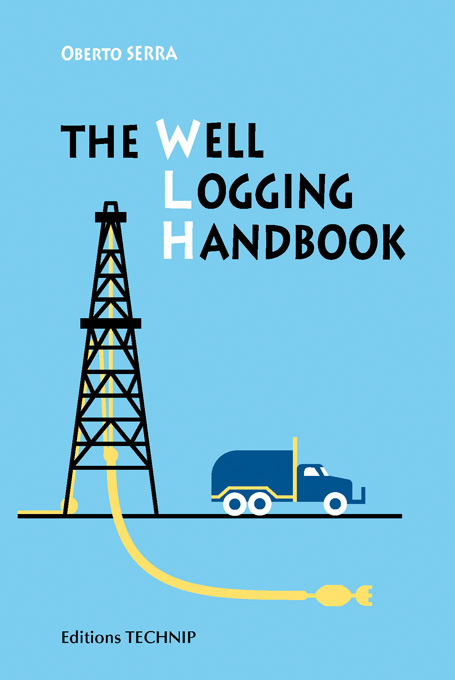Well Logging Handbook (The)
Authors : SERRA Oberto
ISBN : 9782710809128
trade paperback 160 x 240 mm 608 pages
Publication date : June 2008
American buyers

 Add to cart 60 $ (50 €)
Add to cart 60 $ (50 €)
Following the success of the Drilling Data Handbook, Editions Technip has designed this book to cover the well logging principles and its applications.
This well logging handbook first edition starts with a summary on geology and petrophysics focusing mainly on its applications.
The wide range of logging measurements and applications is covered through eleven sections, each of them organized into four chapters:
1 - the basic physical principles of each measurement;
2 - the different WL and LWD tools;
3 - the main factors influencing the measurements;
4 - the main geophysical, geological and petrophysical applications of the measurements.
A large proportion of figures and tables is there to facilitate the understanding of more complex subjects.
An exhaustive bibliography is also available at the end of this book for those readers willing to deepen their knowledge on any particular topic.
Finally, a simple and easy access to the information is made possible thanks to a detailed subject index.
All in all, this is a valuable, strongly-bound, user-friendly book with useful information for those involved in all aspects and applications of well-logging.
The paging is notched and externally labelled alphabetically to allow a quick access.
Contents :
A. General data. B. Geology – Petrophysics. C. Processes for recording physical parameters. D. Resistivity – Conductivity logging – Electromagnetic wave propagation – Spontaneous potential. E. Magnetic susceptibility. F. Radioactivity logging: Natural radioactivity – Spectrometry of natural radioactivity. G. Density measurement – Photoelectric index measurement. H. Neutron logging: Neutron porosity measurements – Spectrometry of induced gamma rays – Chlorine logging – Termal neutron die-away measurements – Activation logging I. Nuclear magnetic resonance measurements. J. Acoustic logging: Sonic transit time measurement – Sonic amplitude and attenuation measurements – Well seismic techniques. K. Dip and borehole-wall image acquisition – Borehole caliper measurements. L. Temperature measurement. M. Rock and fluid sampling – Formation pressure measurement. Bibliography. Index

 Partager
Partager
 Tweeter
Tweeter
